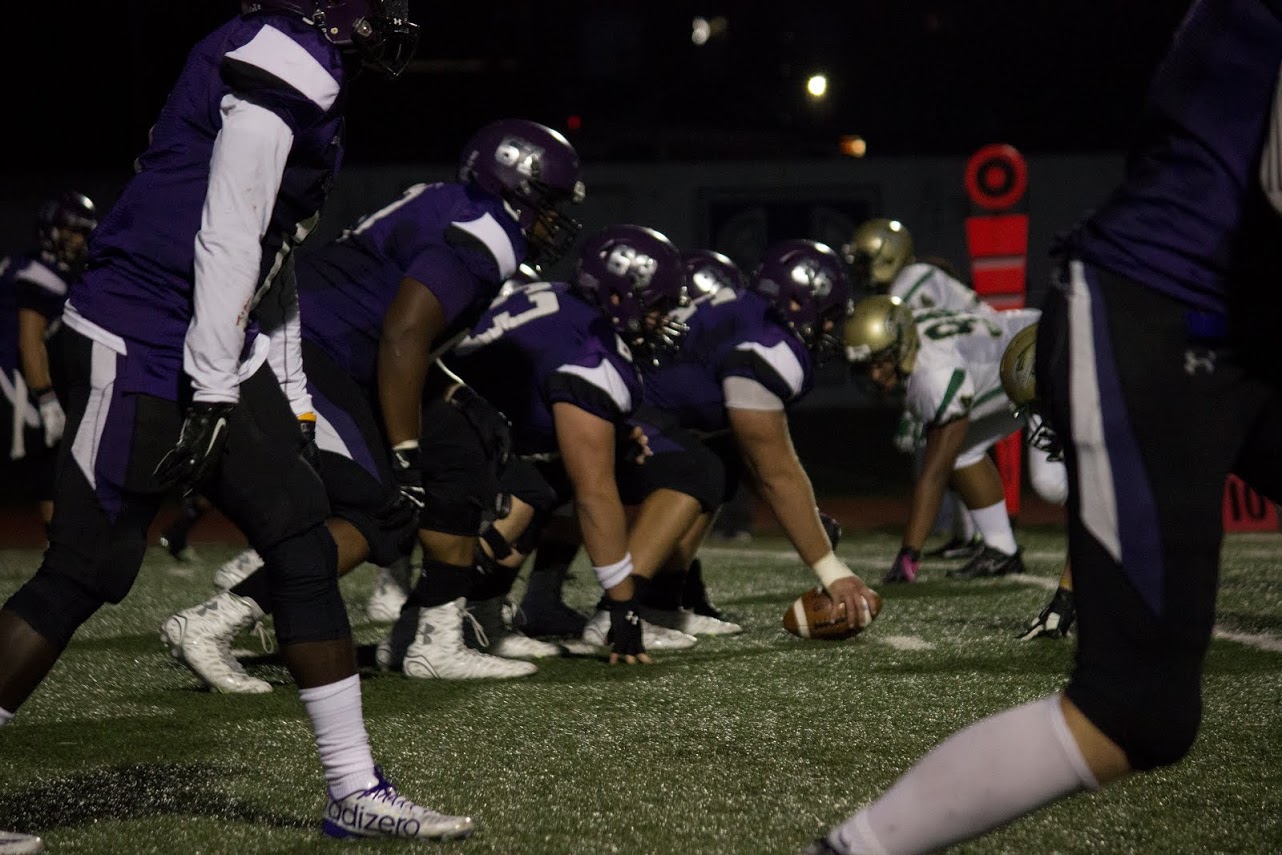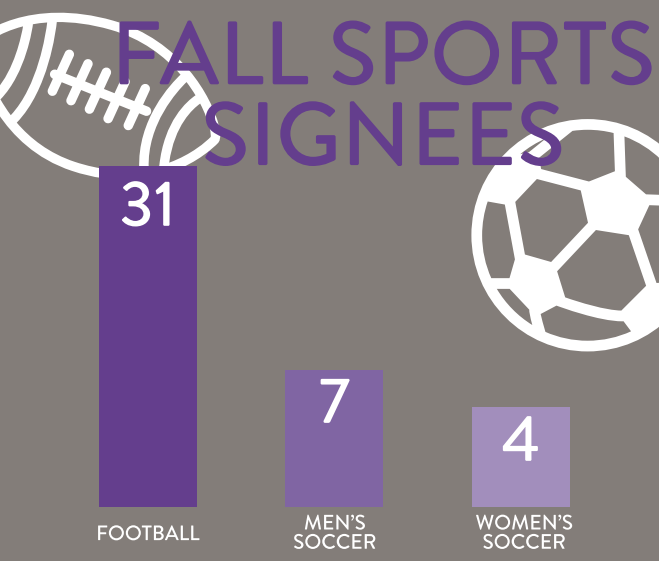
Feb. 3 was a day thousands of student-athletes will remember forever. For high school athletes, national signing day signified not only their commitment to a future school and athletic program, but also the attainment of their lifelong dream of playing collegiate sports. Truman State is no stranger to the excitement surrounding this day for future Bulldog athletes.
National signing day highlights athletes and their school selections, but perhaps more importantly, the day is a stepping stone for the future of collegiate athletic programs. For college coaching staffs, national signing day provides a vision of what is to come.
After countless hours spent recruiting, contacting athletes and finding the right fit, several Truman teams saw their work pay off as they received national letters of intent from the future athletes of their programs.
Signing Truman Athletics’ biggest recruiting class of 2016, Head Coach Gregg Nesbitt and the Bulldog football team await next year’s arrival of 31 student-athletes. Nesbitt says this year’s class is slightly larger than previous years, with 22 players signing national letters of intent and another nine athletes signing institutional letters, signifying they plan to become walk-on members of next year’s squad.
With the team returning the majority of its members next season, Nesbitt says there was not as much pressure during this recruiting season because there were no pressing vacancies within the roster. Nesbitt says the main focus with this recruiting class was to replenish for future seasons. He says this proved to be an advantage because his staff was allowed to be very selective during the recruiting process.
With six years of recruiting under his belt, Nesbitt says he thinks his steady, close-knit staff has figured out what it takes to recruit for Truman. Nesbitt says his staff’s recruiting success stems from developing relationships with high school coaches and figuring out exactly what kind of athletes they can attract. He says this year is by far the best the coaching staff has done from the recruiting aspect.
Although recruiting is a major part of the process, Nesbitt says he thinks it is only half of the equation. With roots in high school football, Nesbitt says he places a higher value on player development rather than the initial recruitment.
“As a college coach, I think there’s two things in my opinion that are equally [important],” Nesbitt says. “One is player development once we get an athlete here, and the second is recruiting. I think a lot of coaches once they see some flaws in a player, their philosophy is, ‘Hey, I’m just going to recruit the next player.’ Well I’ve never just thought that the recruits are the next best thing. I don’t think there’s quite enough time spent in player development.”
For the full story, pick up a copy of the Index or click here to read online on Issuu.

